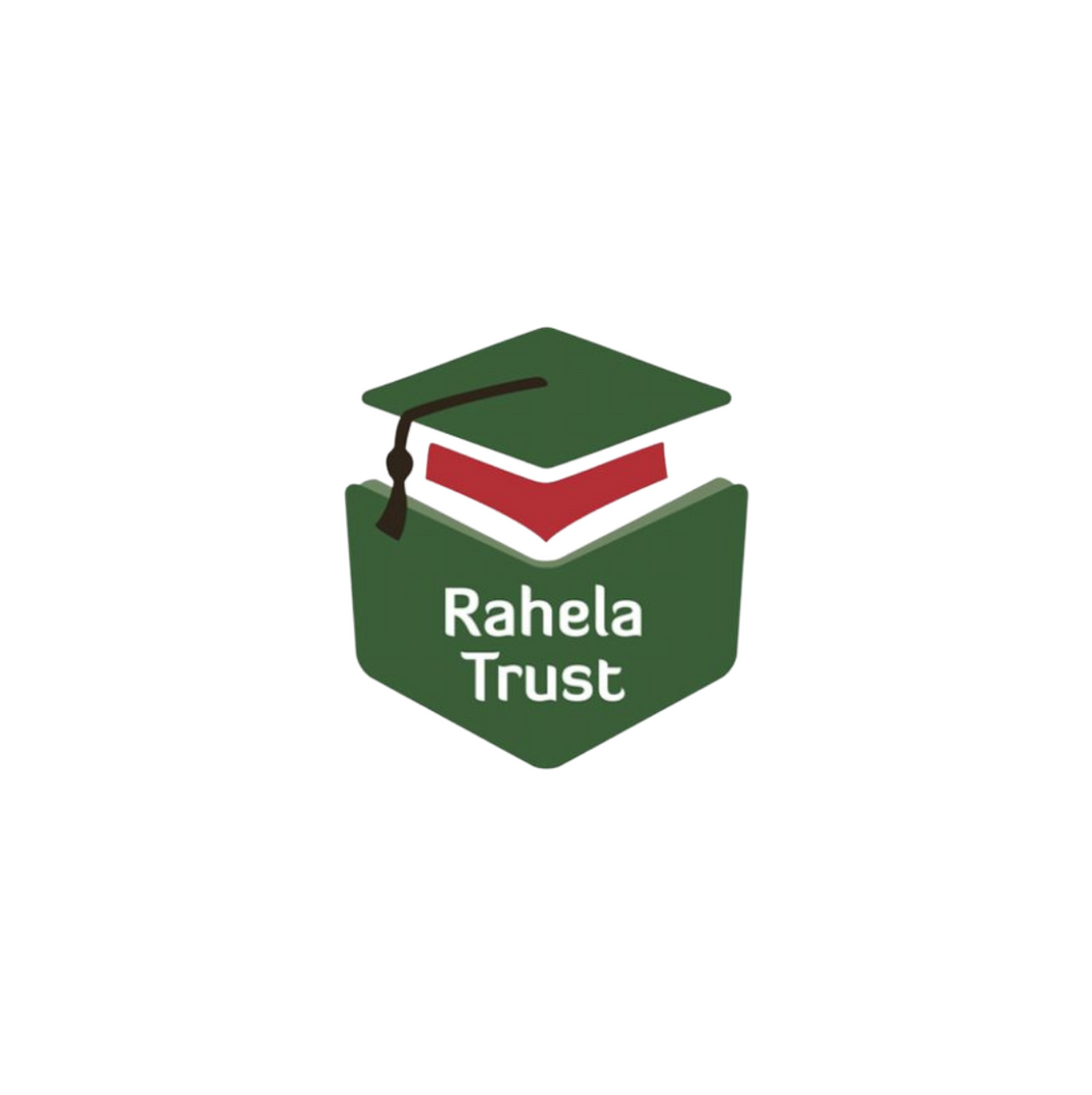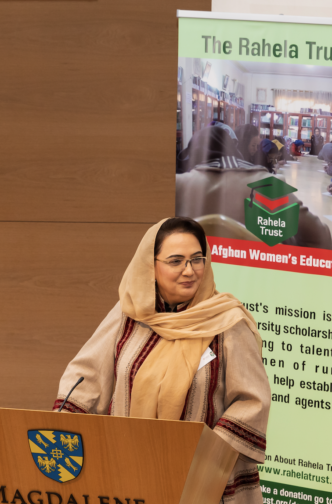Welcome to Rahela Trust
We provide a university scholarship and leadership mentoring programme for talented, underprivileged women in rural Afghanistan – for an inclusive and progressive future society.
Because women + education = positive change.
Want to make a donation?
An urgent message from Rahela Trust
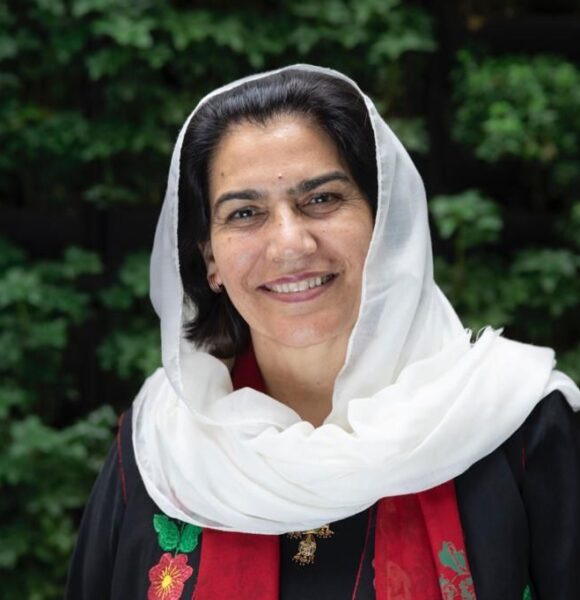
Rahela Sidiqi
Rahela is the Founding Director of Rahela Trust.
She is the former Senior Advisor of Afghanistan’s Civil Service Commission and Senior Social Development Advisor of UN-Habitat Afghanistan. Since 1993, she has worked as a women’s rights activist at the grassroots and policy levels in Afghanistan.
Explore our latest blog posts


Afghan UK Community Event ~ Education & Mentoring for Women in Afghanistan
We’re excited to host, alongside the South London United Nations Association (SLUNA), our next UK Afghan community event. Event details:Date – Friday 1st December 2023Time – 7:30 PM – 21:15 PMLocation – The Community Church, Werter Road, London, SW15 2LLExpect a mix of Afghan and vegetarian food, engaging conversation, and an update on the current context […]
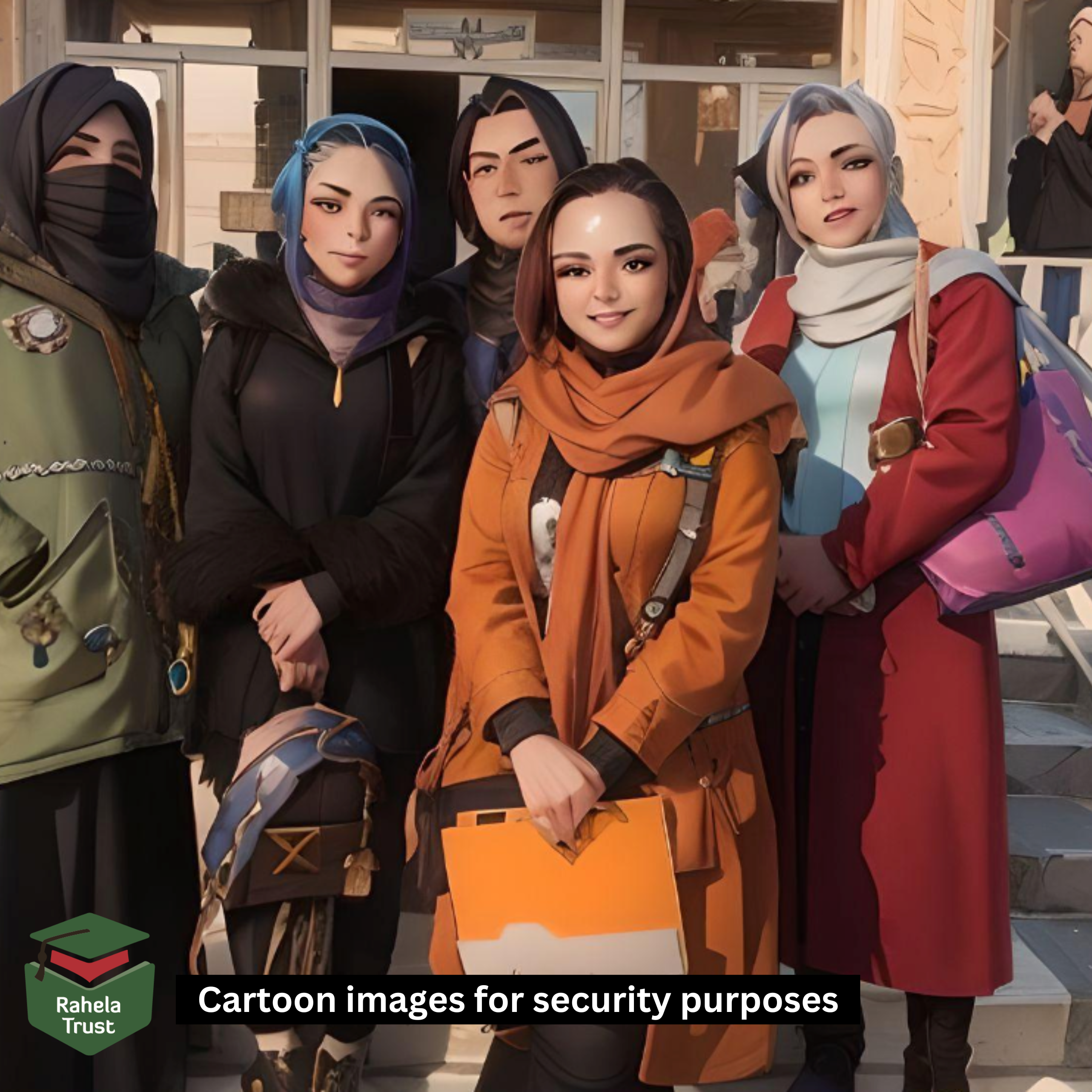
Call for Scholarship Applications 2023
Announcement in Dari د راحله امانت صندق د بورسیه دپاره. د ښځو ان لاین پوهنتون د راحله ټرسټ یا د راحله امانت صندق سره یو تړون امضا یا لاسلیک کړی د […]

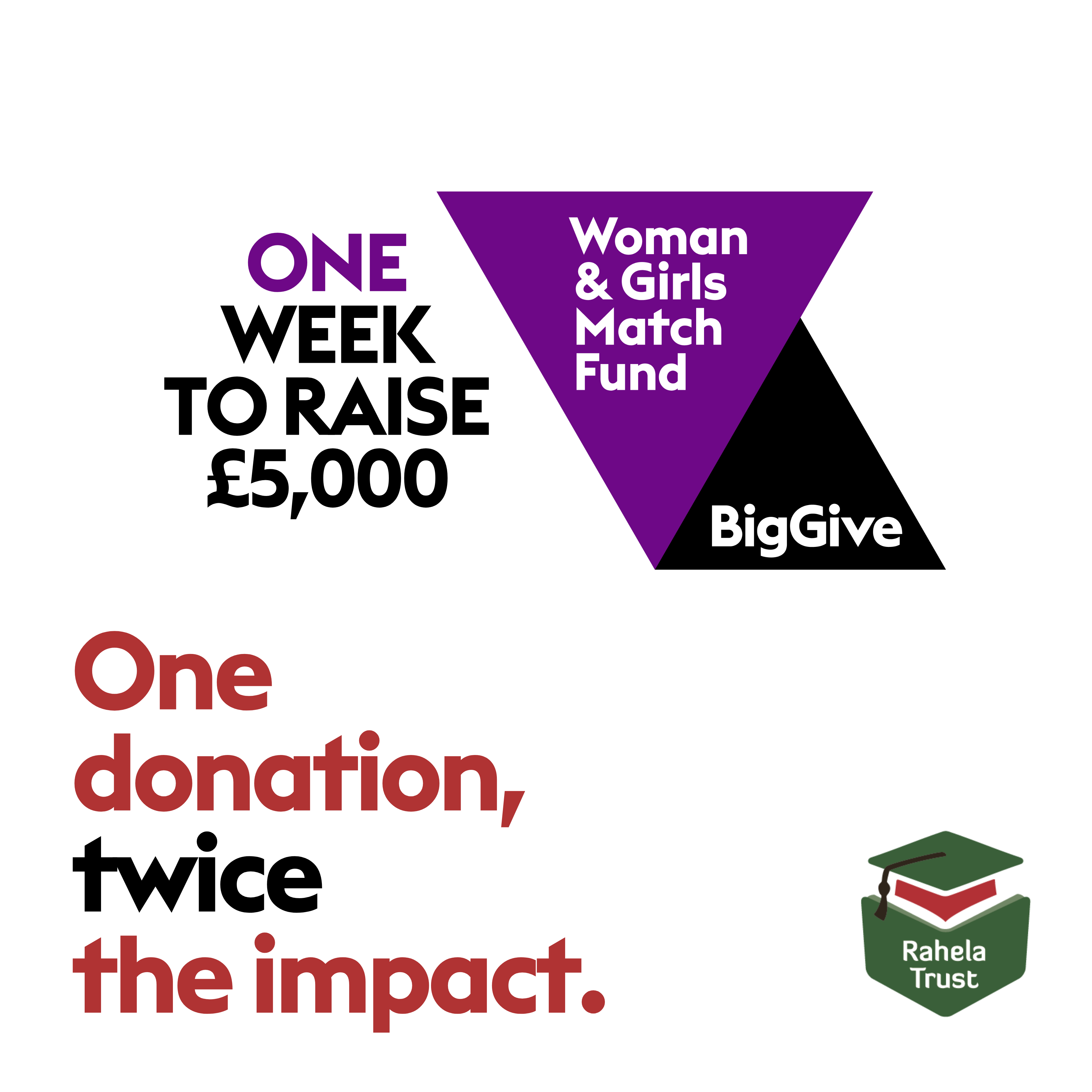
The Woman & Girls Match Fund 2023
Despite marking two years since the Taliban banned women’s education in Afghanistan, we aren’t giving up hope. Our belief that positive change is still possible has earned us a spot in The Big Give’s Woman & Girls Match Fund 2023. Some key information: Between Wednesday 11th October to Wednesday 18th October, Rahela Trust aims to raise £5,000. […]
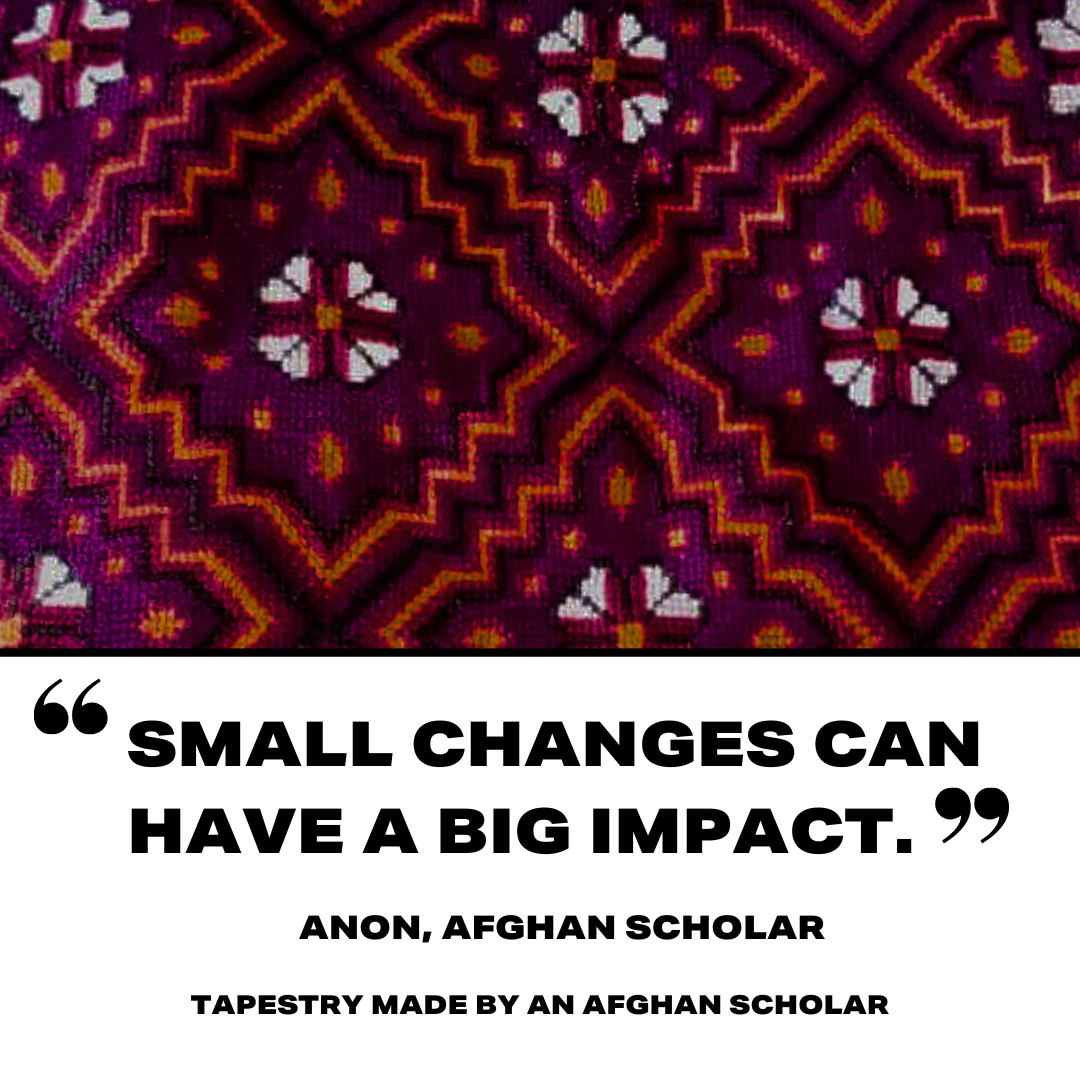
2 Years Since the Taliban Takeover
Today marks two years since the Taliban takeover in Afghanistan. Our work providing university scholarships and mentoring to women in Afghanistan continues. Afghan women are not deterred from fighting for their rights and they do this in so many ways. Today, alongside our partner The Circle NGO we shine a light on one of our […]
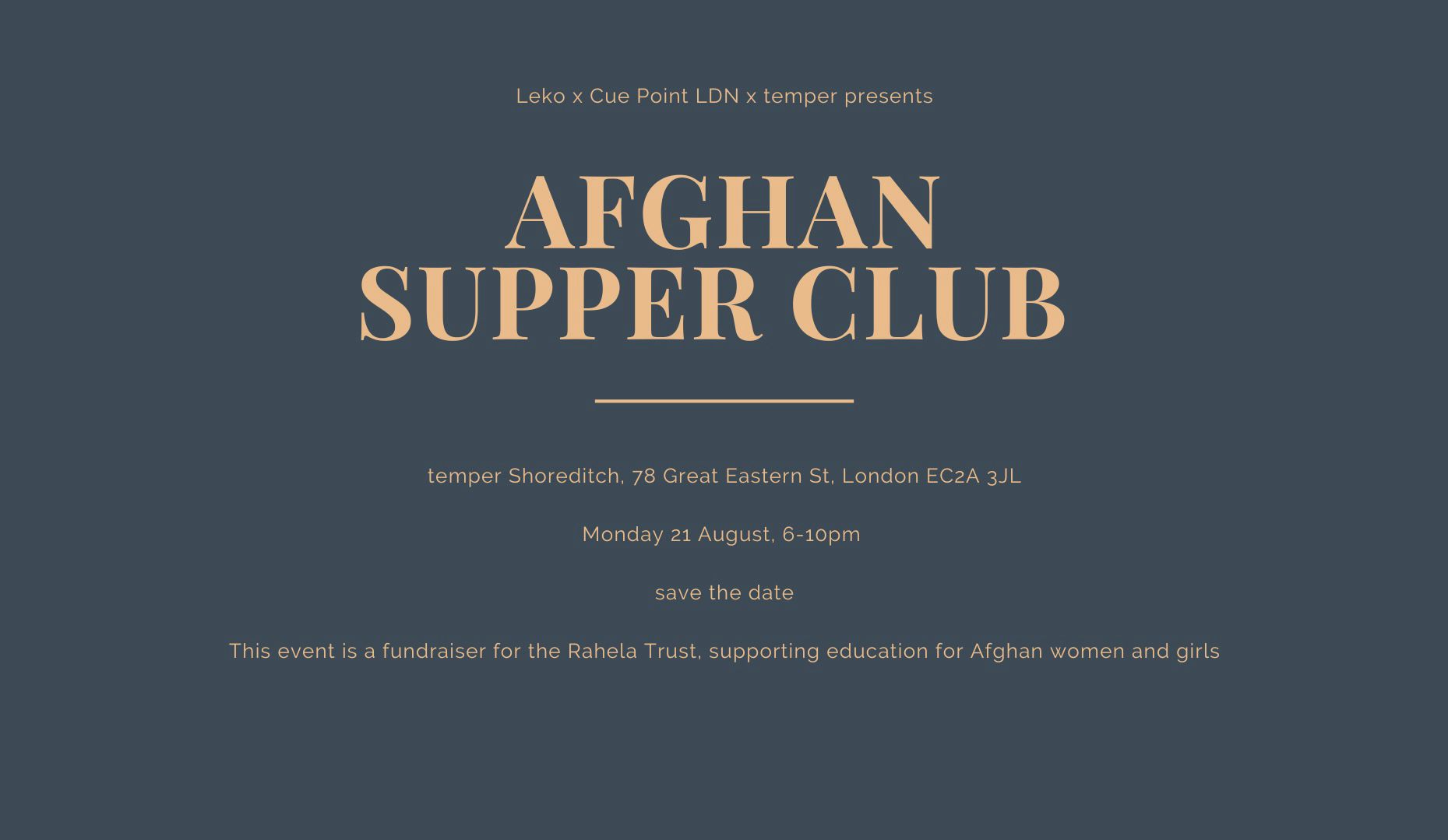
Afghan Supper Club Cancelled ~ August 2023
We are so excited to share that Cue Point (@cuepointldn), Cue Point Kitchen, and the Leko Collective have joined in collaboration with the team at temper Shoreditch (@temperrestaurant) – part of the temper restaurant group – to bring you the most delicious, intimate Afghan supper club you’ll find in London. As well as a chance to […]
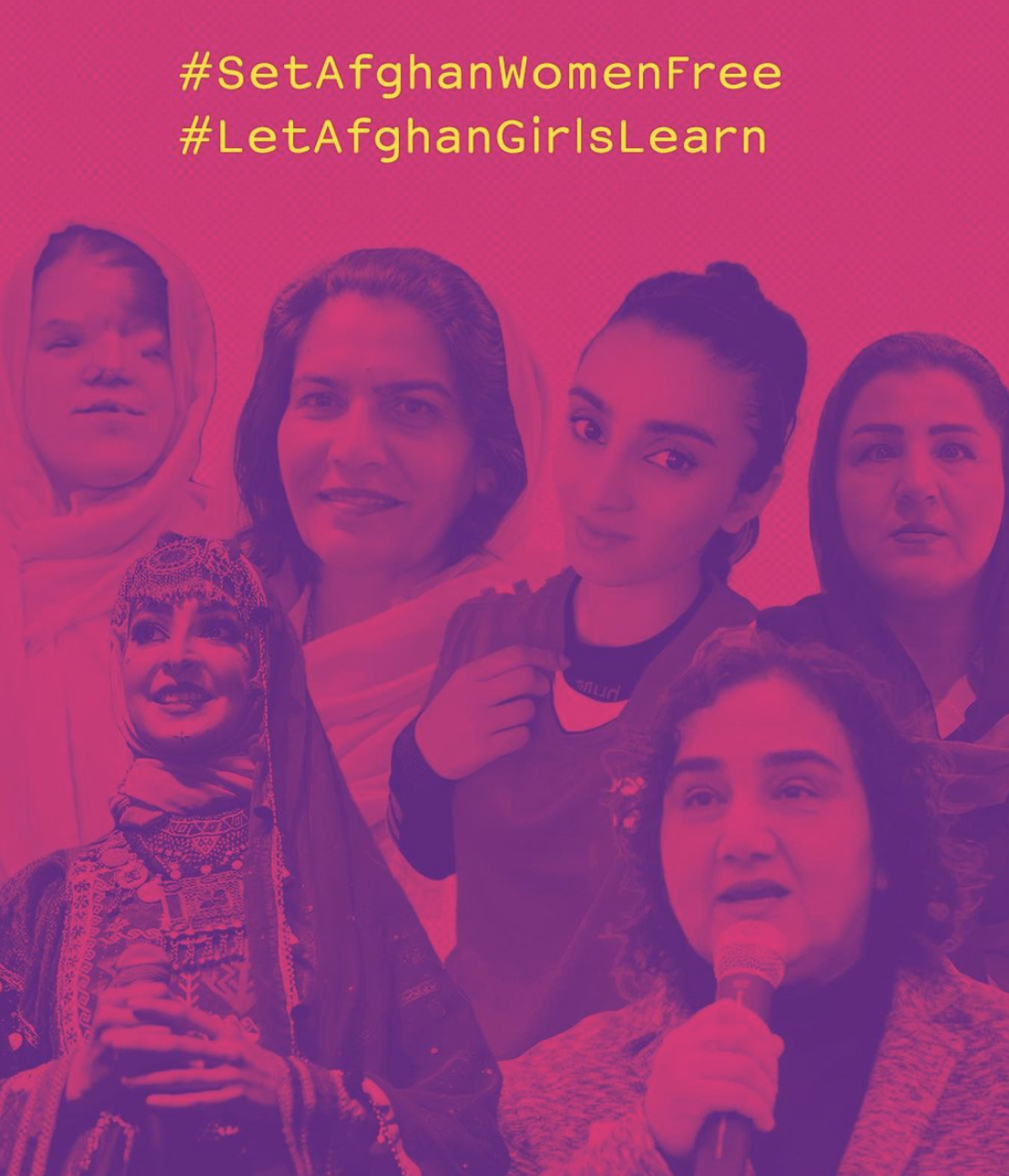
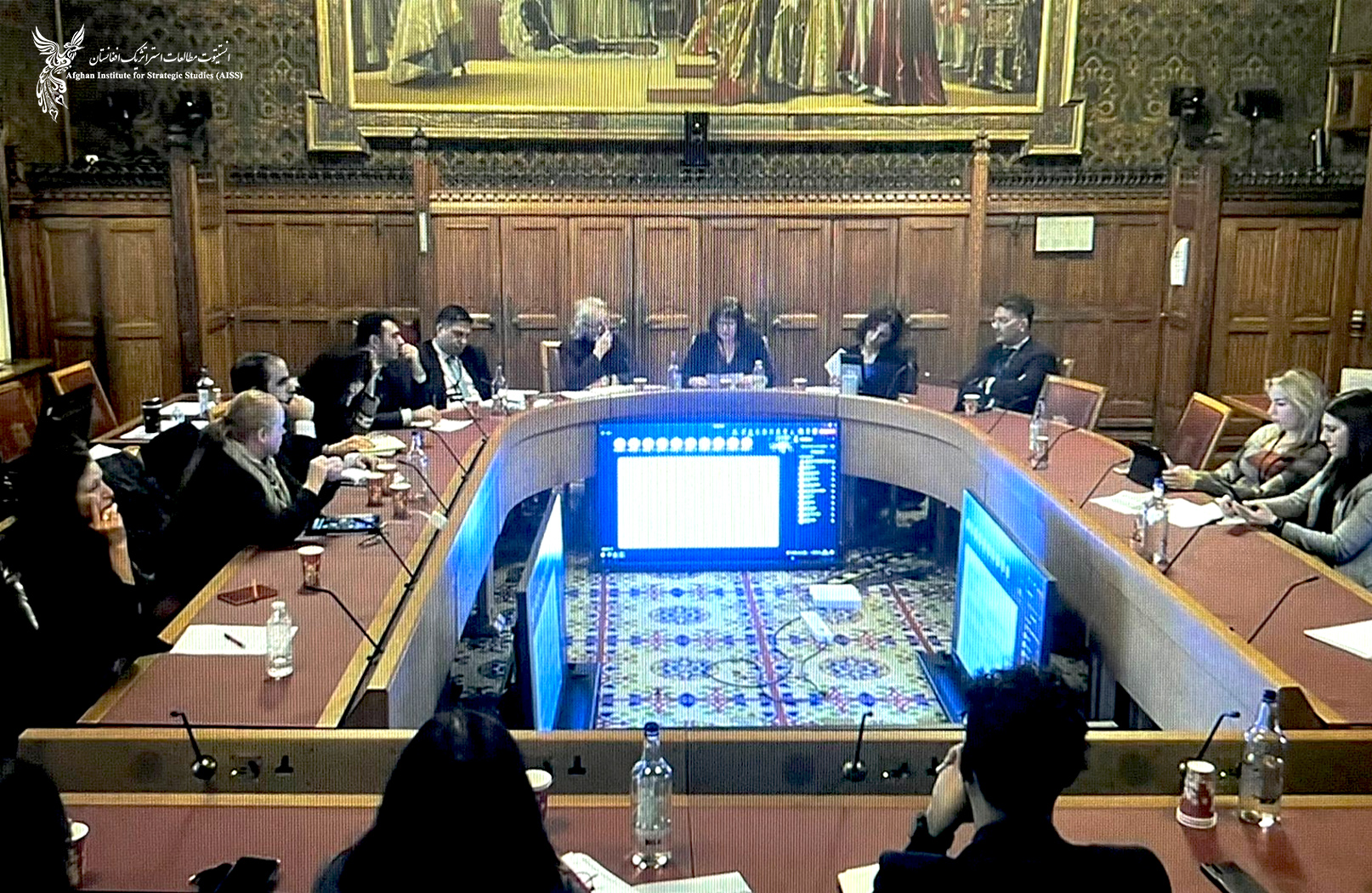
Rahela Trust’s AGM and Annual Lecture 2023
On Monday 27th February 2023, we hosted our AGM and Annual Lecture at the House of Lords. Talks centred around how women can access education and work in Afghanistan today. The event was chaired by Baroness Fiona Hodgson of Abginer, CBE, and we had four brilliant speakers including: – Dr. Davood Moradian (Director of Afghan Institute […]
